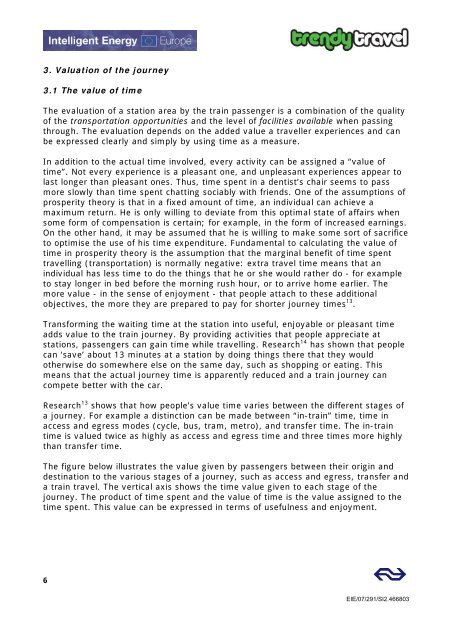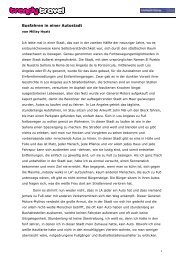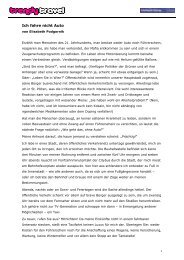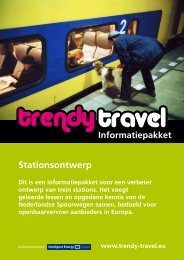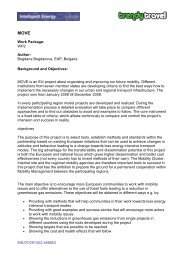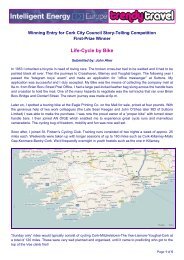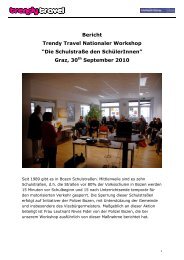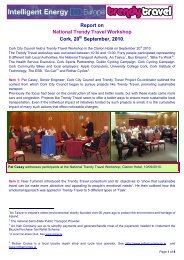Resource Pack: Railway Station Design - Eltis
Resource Pack: Railway Station Design - Eltis
Resource Pack: Railway Station Design - Eltis
Create successful ePaper yourself
Turn your PDF publications into a flip-book with our unique Google optimized e-Paper software.
3. Valuation of the journey<br />
3.1 The value of time<br />
The evaluation of a station area by the train passenger is a combination of the quality<br />
of the transportation opportunities and the level of facilities available when passing<br />
through. The evaluation depends on the added value a traveller experiences and can<br />
be expressed clearly and simply by using time as a measure.<br />
In addition to the actual time involved, every activity can be assigned a “value of<br />
time”. Not every experience is a pleasant one, and unpleasant experiences appear to<br />
last longer than pleasant ones. Thus, time spent in a dentist’s chair seems to pass<br />
more slowly than time spent chatting sociably with friends. One of the assumptions of<br />
prosperity theory is that in a fixed amount of time, an individual can achieve a<br />
maximum return. He is only willing to deviate from this optimal state of affairs when<br />
some form of compensation is certain; for example, in the form of increased earnings.<br />
On the other hand, it may be assumed that he is willing to make some sort of sacrifice<br />
to optimise the use of his time expenditure. Fundamental to calculating the value of<br />
time in prosperity theory is the assumption that the marginal benefit of time spent<br />
travelling (transportation) is normally negative: extra travel time means that an<br />
individual has less time to do the things that he or she would rather do - for example<br />
to stay longer in bed before the morning rush hour, or to arrive home earlier. The<br />
more value - in the sense of enjoyment - that people attach to these additional<br />
objectives, the more they are prepared to pay for shorter journey times 13 .<br />
Transforming the waiting time at the station into useful, enjoyable or pleasant time<br />
adds value to the train journey. By providing activities that people appreciate at<br />
stations, passengers can gain time while travelling. Research 14 has shown that people<br />
can ‘save’ about 13 minutes at a station by doing things there that they would<br />
otherwise do somewhere else on the same day, such as shopping or eating. This<br />
means that the actual journey time is apparently reduced and a train journey can<br />
compete better with the car.<br />
Research 13 shows that how people’s value time varies between the different stages of<br />
a journey. For example a distinction can be made between “in-train” time, time in<br />
access and egress modes (cycle, bus, tram, metro), and transfer time. The in-train<br />
time is valued twice as highly as access and egress time and three times more highly<br />
than transfer time.<br />
The figure below illustrates the value given by passengers between their origin and<br />
destination to the various stages of a journey, such as access and egress, transfer and<br />
a train travel. The vertical axis shows the time value given to each stage of the<br />
journey. The product of time spent and the value of time is the value assigned to the<br />
time spent. This value can be expressed in terms of usefulness and enjoyment.<br />
6<br />
EIE/07/291/SI2.466803


